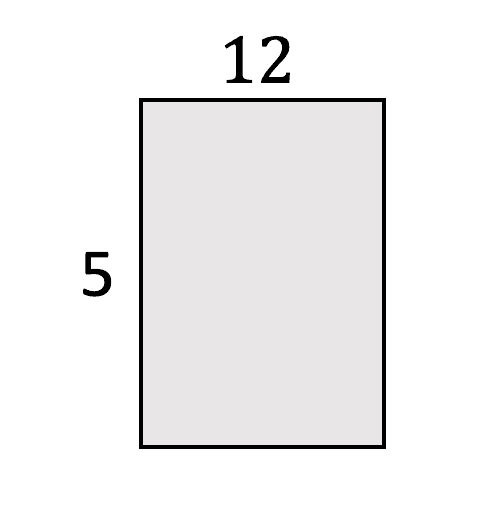These resources will be removed by end of Summer Term 2025.
Switch to our new teaching resources now - designed by teachers and leading subject experts, and tested in classrooms.
These resources were created for remote use during the pandemic and are not designed for classroom teaching.
Lesson details
Key learning points
- In this lesson, we will use arrays to show the commutative property of multiplication.
Licence
This content is made available by Oak National Academy Limited and its partners and licensed under Oak’s terms & conditions (Collection 1), except where otherwise stated.
5 Questions
Q1.
Which of the following problems do not require a multiplication calculation to solve?
A bag contains 6 sweets. Another bag has 7 times as many.
Each person has 6 sweets. There are 7 people.
Q2.
Multiplication can be used to describe _________ groups, parts or measures.
Unequal
Q3.
If I know 209 ÷ 11 = 19, then I know...
11 x 209
19 x 209
Q4.
If I know 209 ÷ 11 = 19, then I know 209 ÷ 19 =
13
19
209
Q5.
If I know 953.7 ÷ 18.7 = 51, then I know...
18.7 x 953.7
953.7 x 51
5 Questions
Q1.
Which calculation is not in the same fact family

5 x 12
60 ÷ 12
60 ÷ 5
Q2.
Given that 3.2×7.5=24, what is 24÷7.5?
24
3.8
7.5
Q3.
Addition is commutative
False
Q4.
⊿ + ∎ + ∗ = ∎ + ∗ + ⊿
False
Q5.
Two numbers can be divided in any order
True

